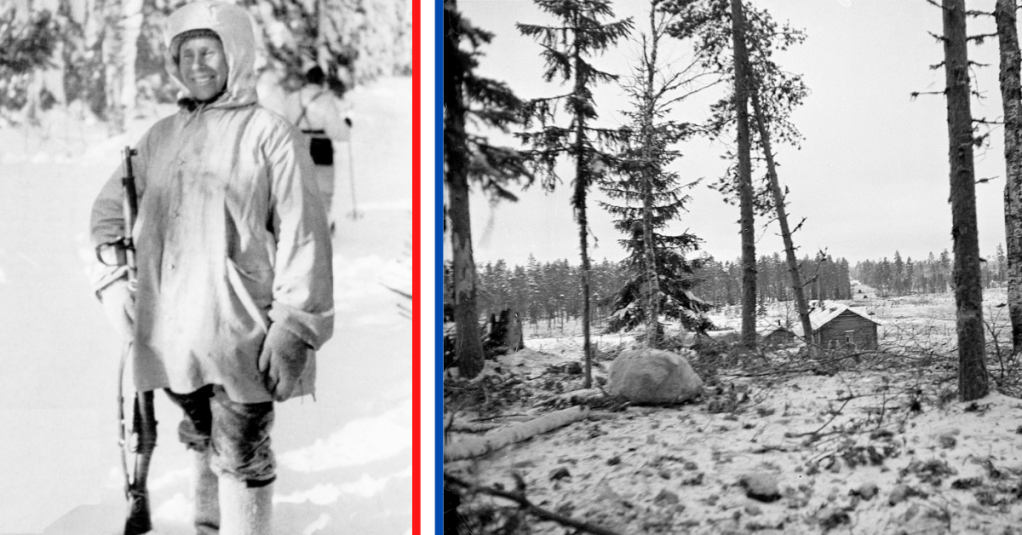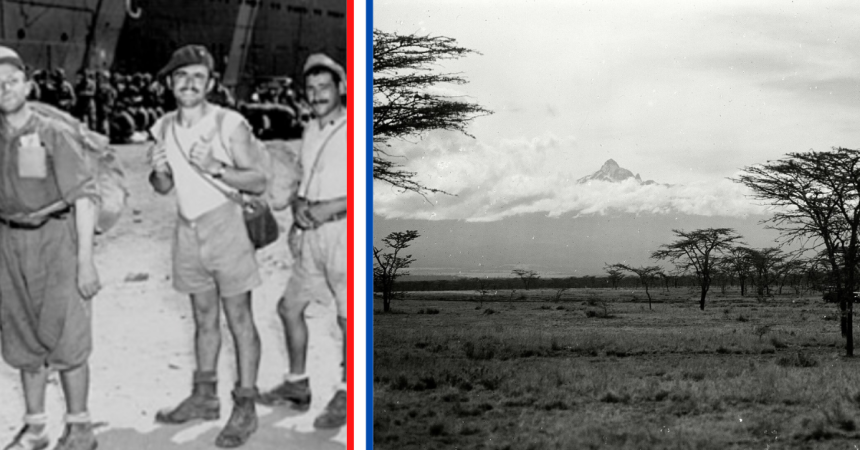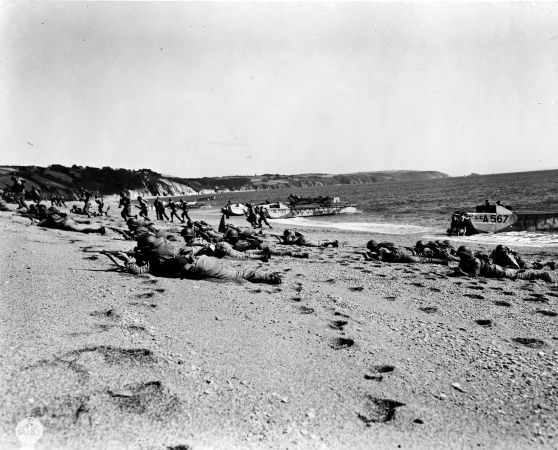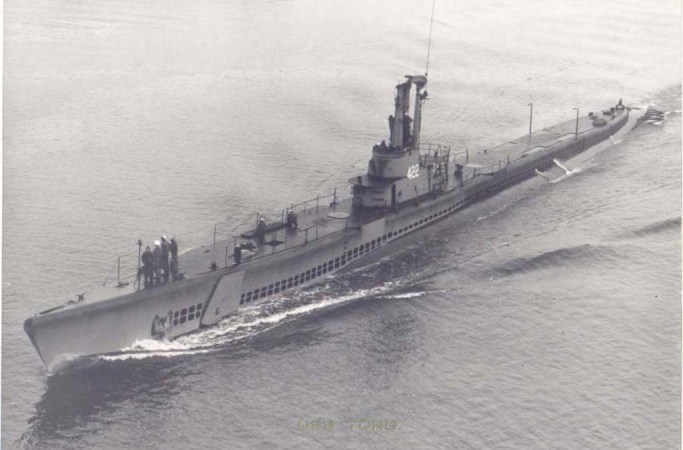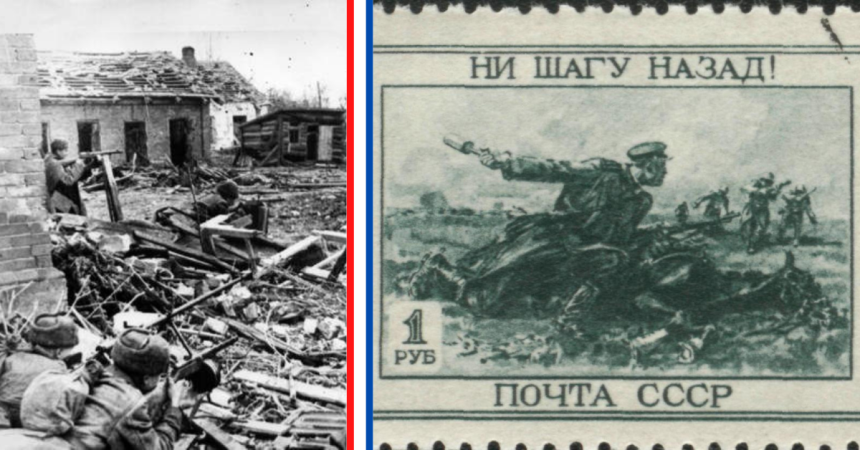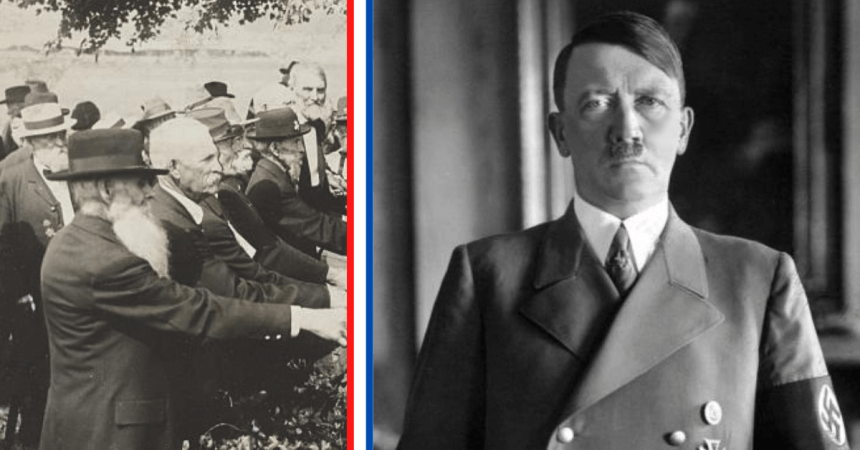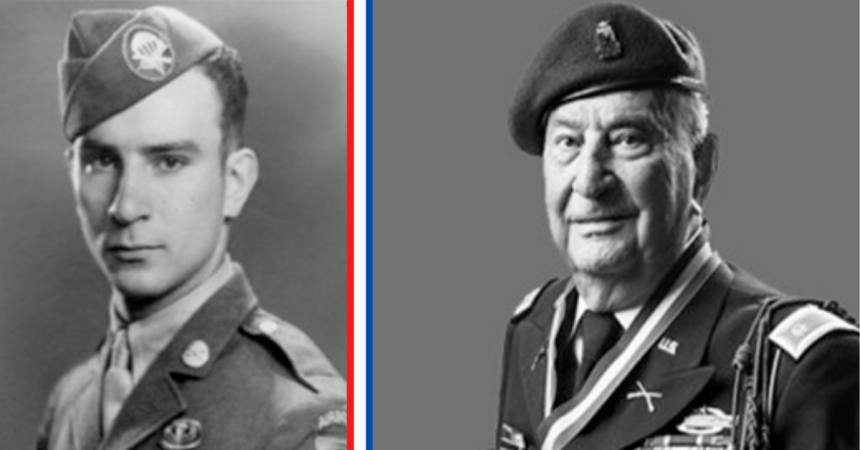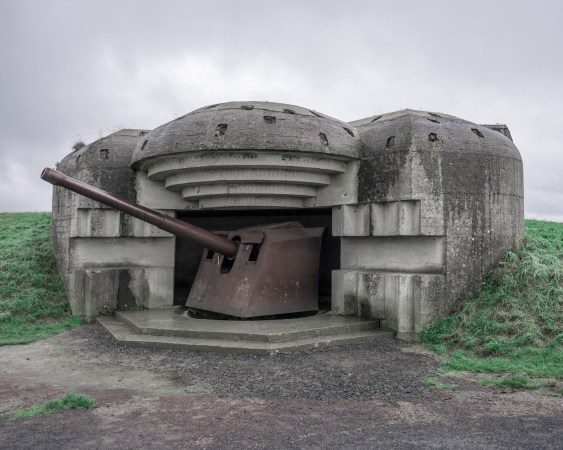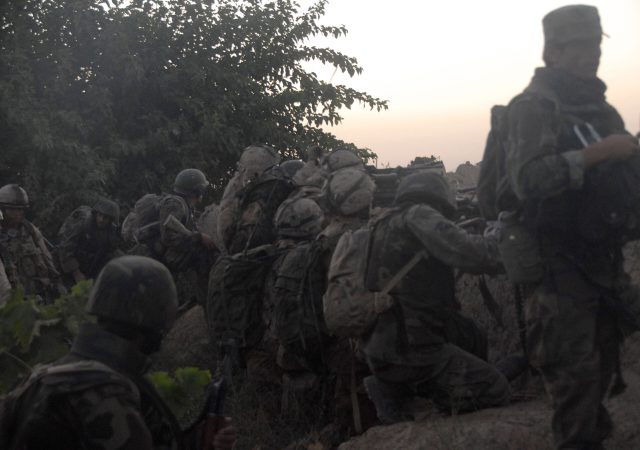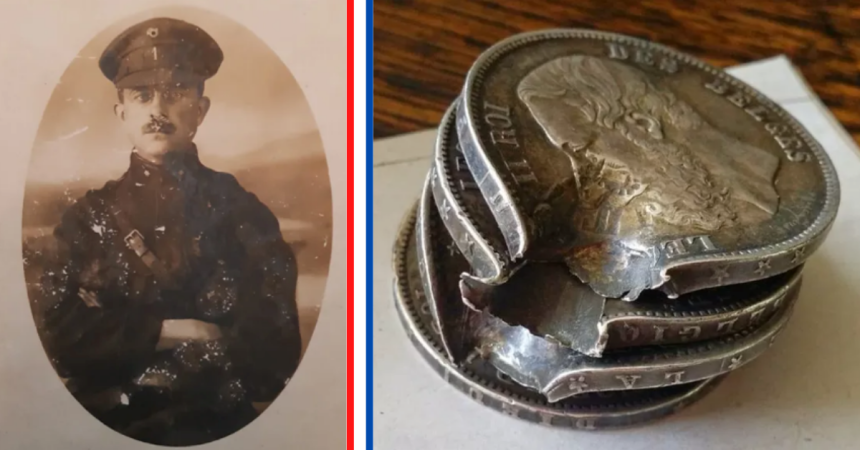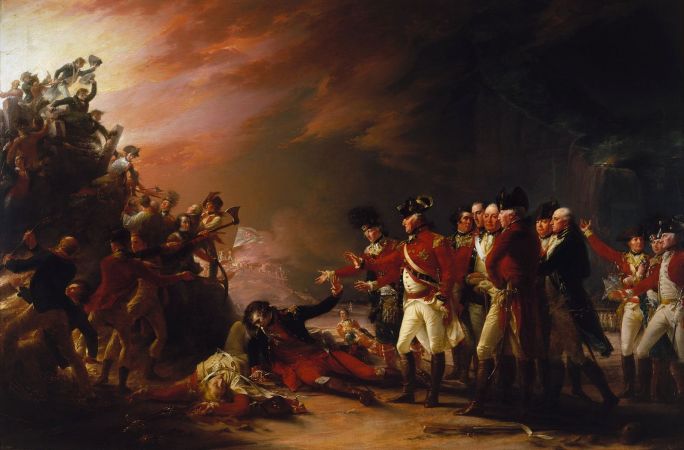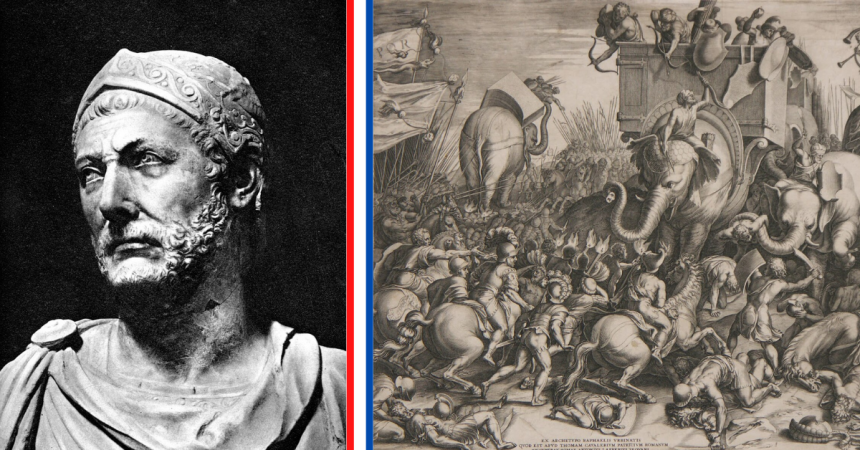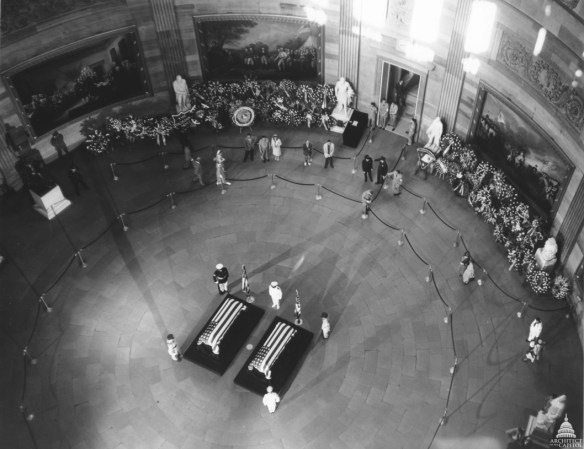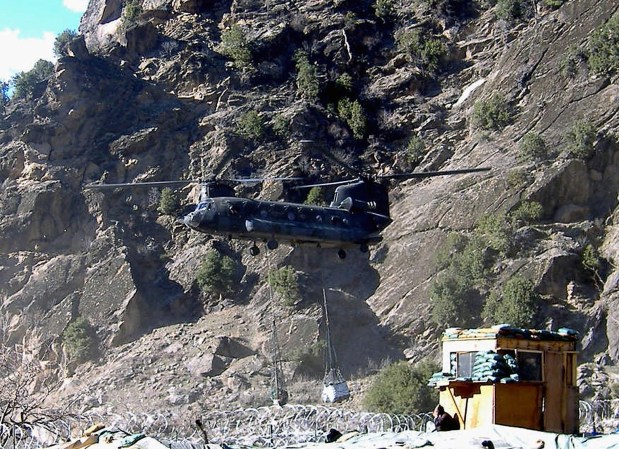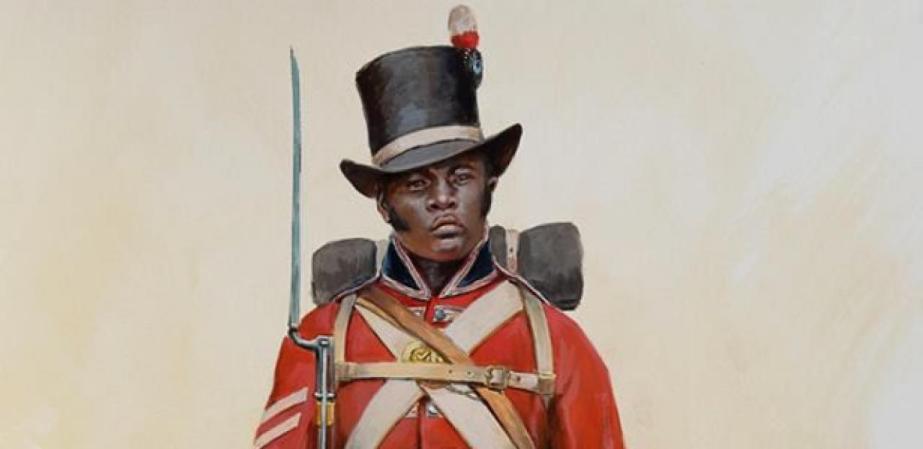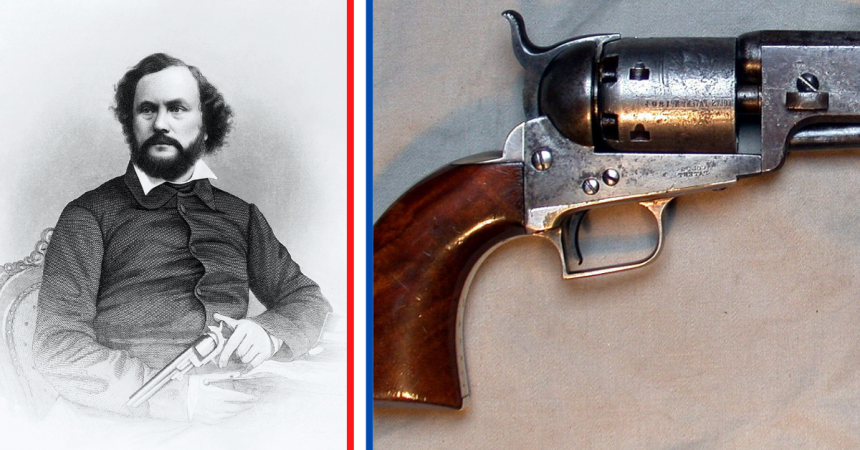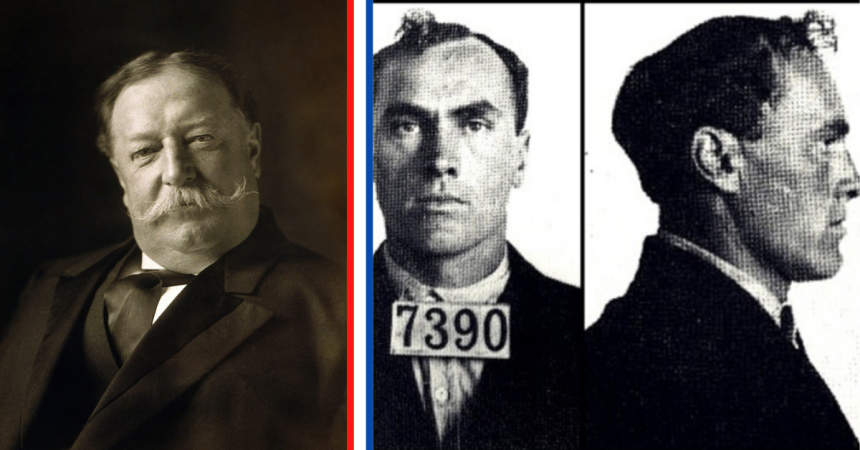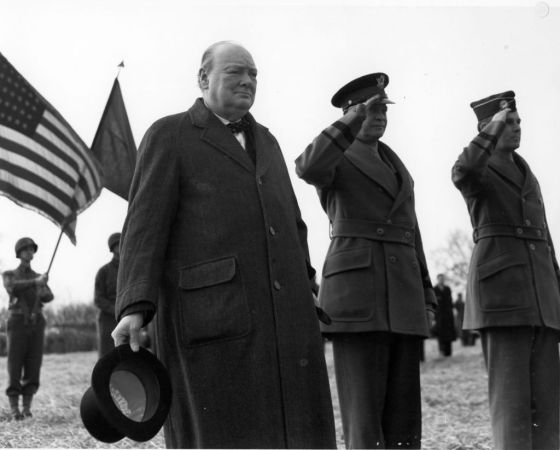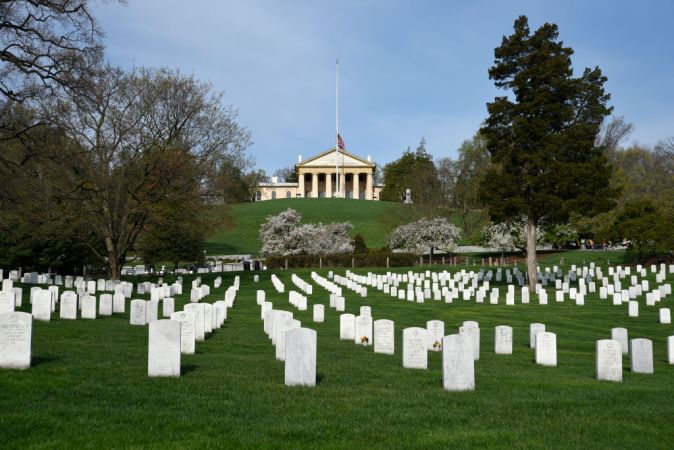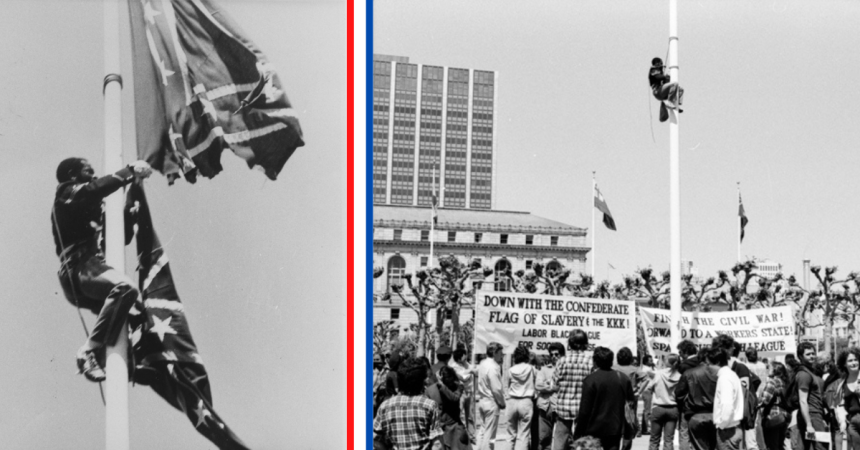When it comes to legendary sharpshooters, one name sends a chill down the spine: Simo Häyhä. Some might know him as the White Death. That’s because in the bitter cold of the Finnish winter during the Winter War of 1939-1940, Häyhä turned the snow-filled forests into a nightmare for the invading Soviet Army. Armed with his trusty M/28-30 rifle and dressed in white winter camouflage, he stalked the snowy landscape, his icy gaze fixed on his target. He wasn’t about to let the Russians take his homeland – not on his watch, at least.
From the flames of war
Let’s hit pause on our tale of the White Death for a moment and set the stage. Why was Finland, a nation of lakes and saunas, caught up in the icy grasp of the Winter War, you ask? Well, the answer lies in the dark clouds of conflict that loomed over Europe in the late 1930s.
Finland, nestled in the northeast of Europe, shares a sizeable border with Russia. (Does this tale of Russia making a land grab sound familiar to you?) As World War II was starting to rear its ugly head, the Soviet Union got antsy about their Finnish neighbors. The Soviets decided that Finland’s strategic location was a bit too close to their borders for comfort. So, in typical Soviet fashion, they started a war.
It was with very little preamble that happy-go-lucky Finland found itself fending off the Soviet bear. They knew they’d be outnumbered. They also knew they were outgunned. But have you ever met a Finn who was willing to give up their sauna? No. So, they dug in their skis and decided they weren’t giving up a single kilometer of land. Their tenacious resistance, coupled with intimate knowledge of the harsh winter landscape (enter Simo Häyhä stage right), led to a ferocious tug-of-war with the Soviets.

Farmer-turned-sniper
Let’s dig deeper into the making of the White Death. Simo Häyhä, our icy reaper, didn’t just fall into the sniper’s nest. He built it meticulously over years of grueling training. Add to that a dash of rustic country living and a will stronger than a Finnish winter and a deadly sniper emerged. Born into the idyllic yet harsh life in Rautjärvi in 1905, just a stone’s throw from the Russian border, Häyhä’s life was etched by nature’s rhythm. He leaned into that farm life as much as possible in his early years and learned all he could from the rippling wheat fields, the silent woods, the fleeting game. He was a farmer, yes, but also a hunter, a combination that would brew a lethal cocktail for his future enemies.
Häyhä’s aim, already honed from a lifetime of hunting his own food, was further refined by his service in the Finnish Civil Guard. A marksman’s best friends are his rifle and his patience, just ask any Marine. Fortunately for Finland, Häyhä had an abundance of both. When the Winter War announced its arrival, Häyhä was more than just prepared. He was frothy for the conflict. His knowledge of the terrain, his survival skills, his legendary patience, and his unerring aim all came together in a symphony of war. Too bad the Soviets had no idea what was waiting for them. They learned fast enough though, as a nightmare unfolded against the snow-covered battleground.
The icy reaper at work
Facing the White Death wasn’t just terrifying. It was an involuntary invitation to a deadly game of hide-and-seek where the prize was a one-way trip to oblivion. Imagine, if you dare, a game played in a world whitewashed by snow, the temperature cruelly dipping below -40 degrees Celsius, where your only clue to the seeker’s location is the faint puff of smoke from a recently fired rifle. The world is silent, the only sound is the heartbeat in your ears. Your enemy could be anywhere and everywhere all at once and you wouldn’t know.
Just like service members the world round, Häyhä was a creature of ritual. Legend has it he began his day donning a white camouflage suit. Like an ice phantom, he would disappear into the snow, armed with a day’s worth of sustenance and a heavy coat of resolve. From this chilling throne, he would lie in wait, his rifle cradled in patient hands, eyes scanning the white horizon for the unwary foe.
When the enemy ventured into his frozen kill zone, death arrived with the swift and sure strike of a falcon, heralded by the sharp crack of a Mosin-Nagant M91 rifle. The White Death’s tally was no less than chilling. A staggering 505 confirmed sniper kills are credited to his name. This ghastly record remains etched in the icy annals of warfare, untouched and unchallenged.

An icy legend
Simo Häyhä may have hung up his rifle, but his legacy as the deadliest sniper in history lives on. The White Death, a modest farmer, who stood against an invading force, became the stuff of nightmares for the Soviet soldiers. Häyhä’s chilling effectiveness combined natural skill, patience, and survival instinct. His story is a stark reminder that sometimes the most dangerous soldier isn’t behind the biggest gun but the one you never see coming.
So, hats off to Simo Häyhä, the man who turned the Finnish winter into his personal hunting ground and etched his name into the history books with each trigger pull. He remains a symbol of Finnish resilience, a testament to the human will’s power under the harshest conditions. The ‘White Death’ may be gone. Still, his legend continues to echo across the snowy landscapes of Finland, an icy whisper in the winter wind.
But what about the Winter War?
Despite its chilling name, the Winter War wasn’t an extended cold feud but a conflict that lasted a little over three months. In that short span, the Finns etched a tale of resistance in the snow-laden forests, symbolized by Häyhä’s legendary exploits. While the war concluded in March 1940 with the Moscow Peace Treaty, Finland had to cede some of its territory to the Soviets. But the courage and resistance of the Finnish people during this frigid conflict left an indelible mark on history.
Fast forward to today, and Finland stands as a testament to resilience and progression. It’s a nation that’s learned to take the chill of winter in stride, whether that’s in the form of a Soviet onslaught or simply a -20 degrees Celsius day. And while the Winter War is a chilling chapter in its past, Finland’s spirit of sisu — a unique Finnish concept of stoic determination — continues to guide its path towards a bright, resilient future.


